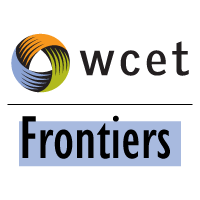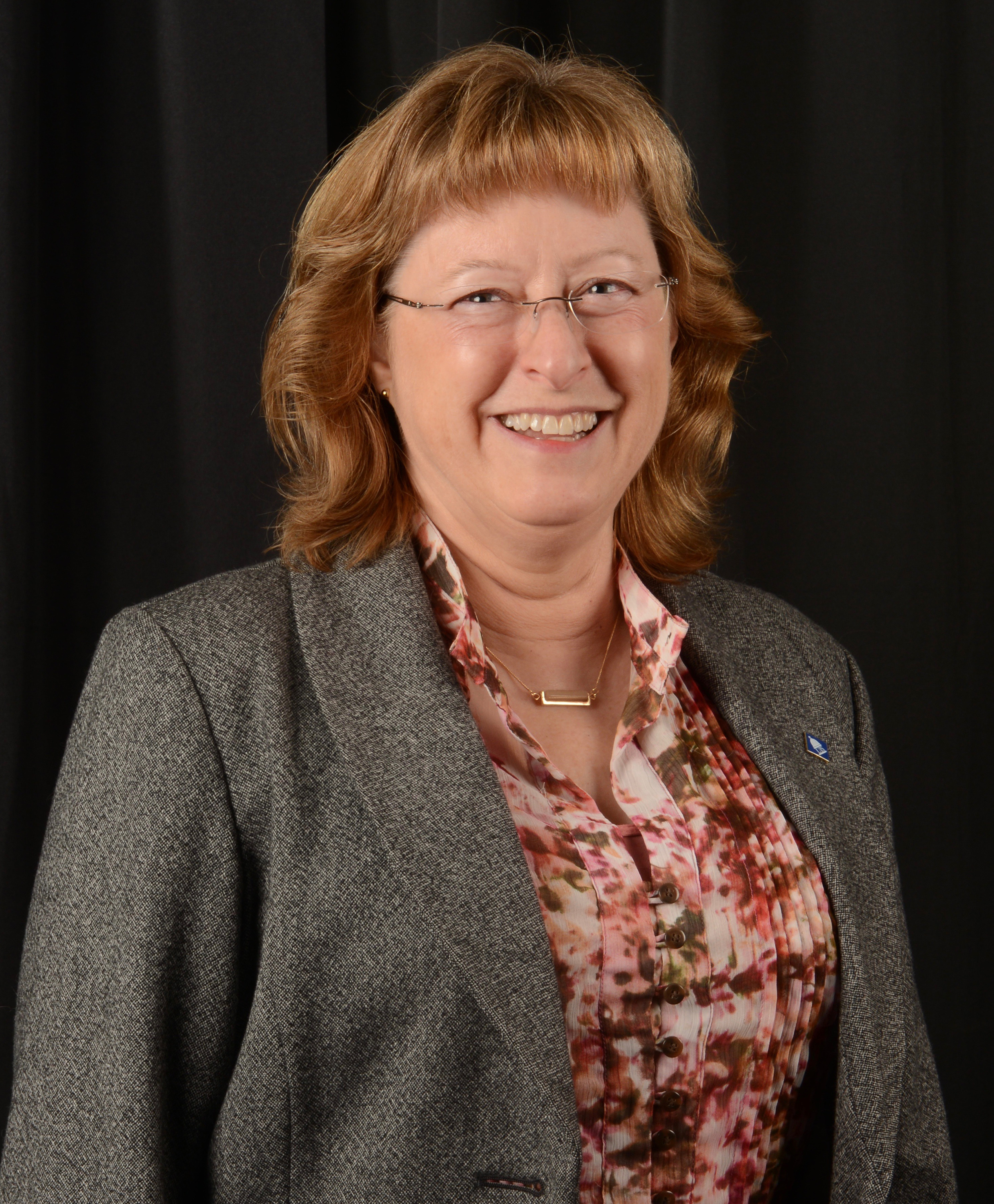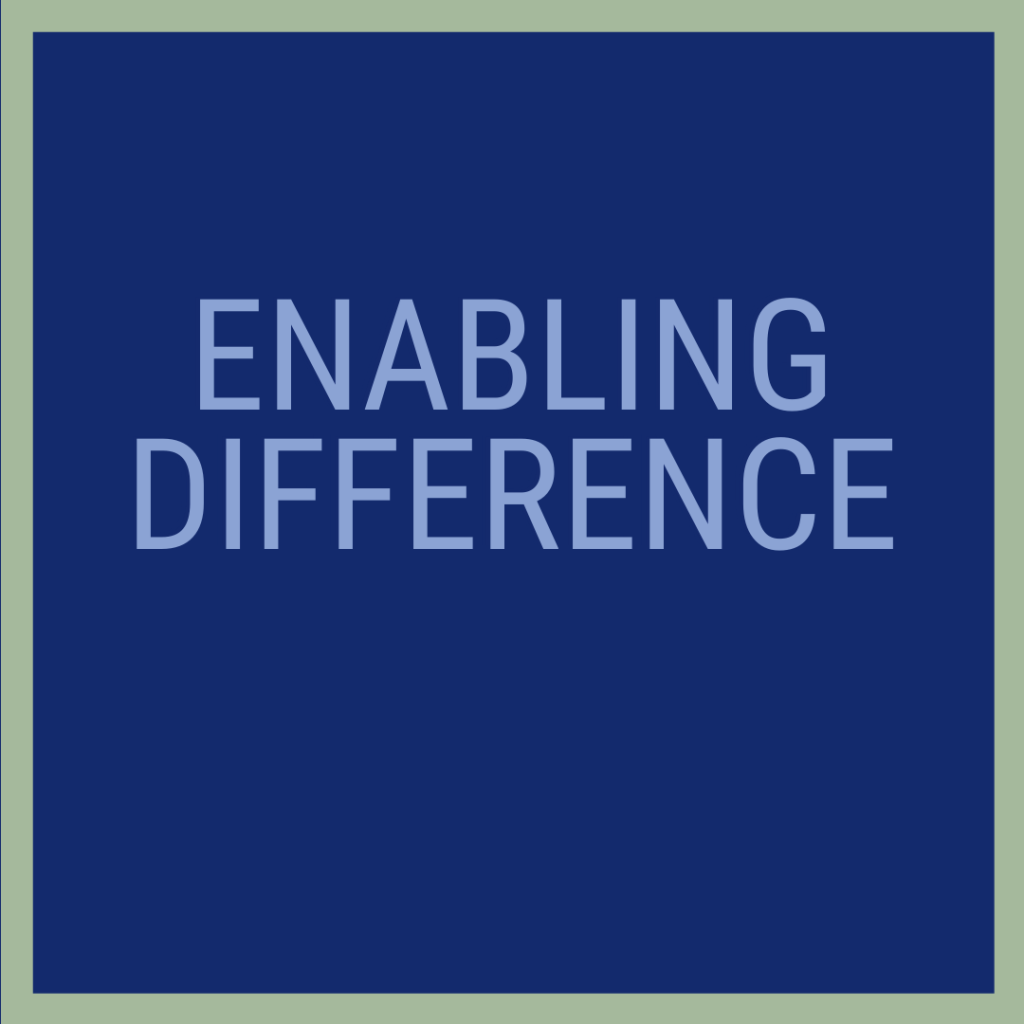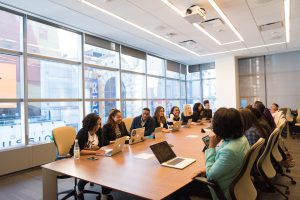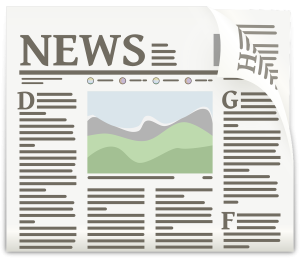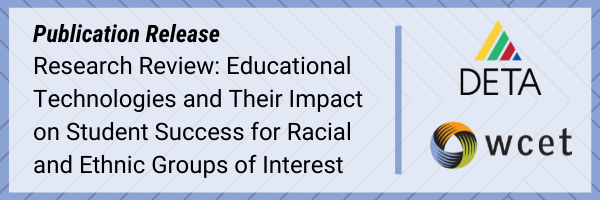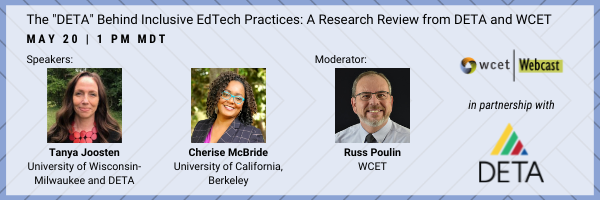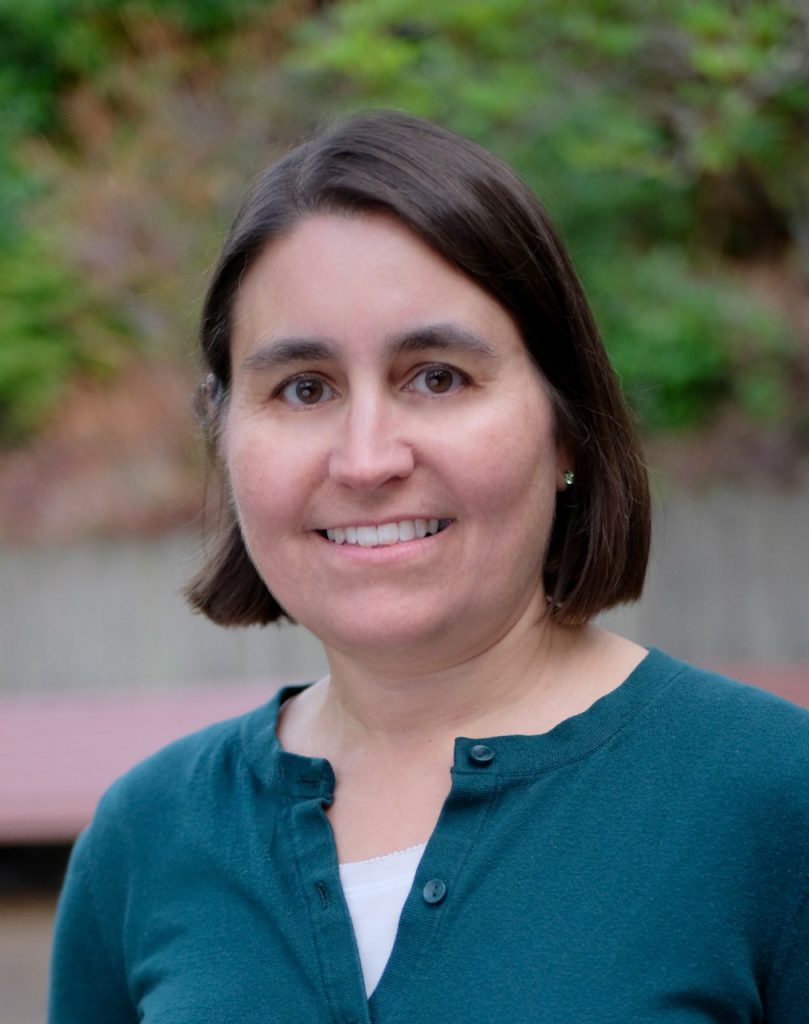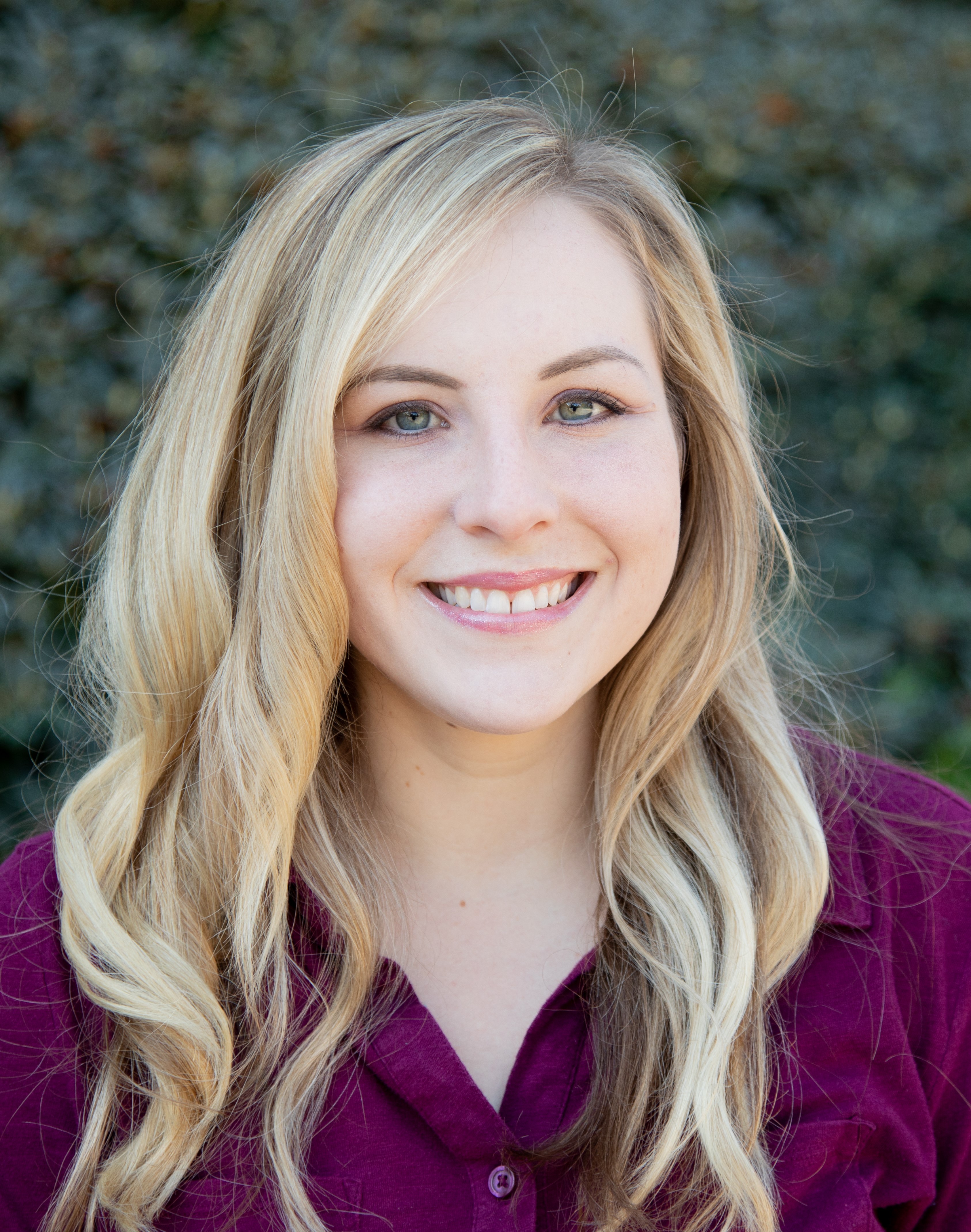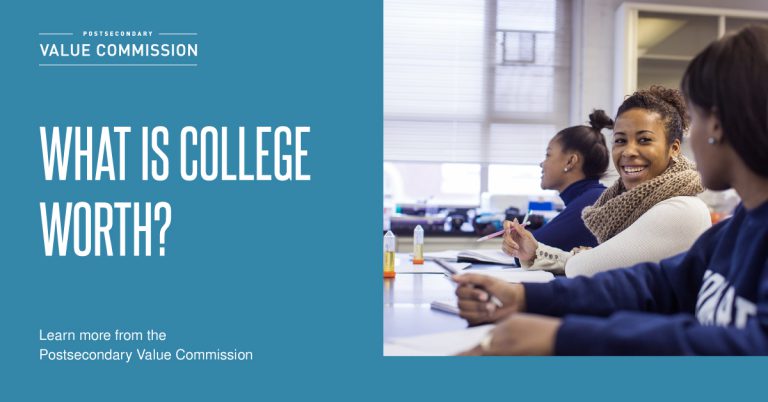Maybe it is a little cheeky to say celebrating, but we are all on this crazy journey together to manage these institutional requirements. The federal regulations require notifications in order for institutions to participate in Title IV HEA programs, and SARA closely aligned their requirements to the Federal regulations for SARA participating institutions to address programs subject to SARA policy. Our colleagues, Jeannie Yockey-Fine with NC-SARA and Shari Miller with Institutional Compliance Matters are back with me again today to help me celebrate this anniversary by sharing the notifications story including the purpose, what is required, the history, challenges, a wish list to help with compliance, and resources to help with compliance management.
Purpose
The purpose of these notifications is transparency to protect and support students pursuing a required professional license or certification to be employed in an occupation. In this 21st century mobile society we see student movement to other states to enroll face-to-face in licensure programs as well as increasing numbers of licensure programs provided by distance education to students living across the country. With the varying educational requirements in each state for each profession, the students are at risk of not completing necessary educational requirements in a state in order to obtain a license or certification. The age-old notion of completely placing the responsibility on the student to research the requirements in a state is no longer acceptable, as the stakes are too high.
What is Required?
Analysis of the federal regulations has been provided through many WCET|State Authorization Network available resources and WCET Frontiers posts. However, along with the analysis, you are strongly urged to review the specific language of the federal regulations, 34 CFR 668.43(a)(5)(v) and 34 CFR 668.43(c), regarding institutional notifications for educational programs leading to a license or certificate.
A snapshot of the four key elements of the notification requirements:

- Notifications are for educational programs delivered by all modalities (includes face-to-face!),
- The type of educational program is defined in the regulation (designed for specific professional license required for employment or advertised as sufficient in a state).
- Public Notifications regarding the curriculum meeting state educational requirements in ALL states (list of states does, does not, or no determination made about the curriculum meeting state educational requirements).
- Direct Notifications in writing and individualized to the student and their location (to prospective students, if does not meet or no determination. To enrolled student, if does not meet).
Additionally, for purposes of programs subject to SARA policy, the institution must additionally comply with SARA Manual Section 5.2. Institutions participate in SARA to obtain state institutional approval through reciprocity to offer distance education in other SARA member states. Although reciprocity through SARA does not extend to professional licensing requirements, SARA participation requires that institutions satisfy all federal requirements for notifications as described above. This requirement applies to non-Title IV institutions, as well. Additionally, SARA policy directs that when institutions are unable, after all reasonable efforts, to determine if the curriculum meets state educational requirements, the institution must provide the current contact information of the applicable licensing board where the student is located and advise the student to make a determination.
How did we get here?
Federal Regulations
During the Department’s negotiated rulemaking in 2014, the committee addressed notifications for licensure programs. Specifically, the committee considered notifications regardless of modality and the requirement of a written acknowledgment that the student understands if the program does not fulfill the educational requirements in the student’s state. This rulemaking did not come to consensus. However, it was the basis for the Department to write the notifications rule that was released in December 2016 at the end of the Obama administration.
The state authorization and notifications regulations released in December 2016 were fraught with problematic issues, to say the least. The regulation addressing professional licensure notifications 34 CFR 668.50 required notifications for programs solely offered by distance education and were focused only where the institution’s enrolled students reside. Individualized disclosures were required if the program did not meet licensure prerequisites. The new regulation maintained the negotiated rulemaking committee’s idea to keep the required written student acknowledgment if the curriculum did not meet state educational requirements where the prospective student “resides.” We could talk all day about the challenges for implementation of these regulations caused by the language.
Because the regulations were released after November 1, 2016, the regulatory calendar required that the effective date of these regulations not occur until July 1, 2018. During that time, there was little information coming out of the new Trump administration in terms of guidance despite many inquiries and the Department’s request for public comment on regulations to be reviewed and revised. As the regulations were about to become effective in July 2018, the Department delayed the rules for review and revision. New rulemaking was announced in August 2018 and came to consensus in April 2019. Just weeks after consensus, while were awaiting release of the consensus language as proposed regulations, a U.S. District Court in California ruled that the Department’s delay of the previous federal regulations be vacated. This was a long story about procedural error, but the flawed and painfully difficult to implement regulations became effective starting in late May 2019.
The first package of regulations, which included the professional licensure notifications, was released in June 2019 as proposed regulations subject to public comment. The final regulations were then released by November 1, 2019 to meet the regulatory calendar requirements to become effective the following July 1, 2020. Additionally, the Higher Education Act (HEA) provides the Secretary with the authority to designate new regulations for early implementation. The state authorization and professional licensure notifications regulations were designated for early implementation giving institutions the choice to comply with the new regulations or the then current flawed regulations that became effective due to the U.S. District Court ruling. On July 1, 2020, the professional licensure notifications, as previously described in this article, became the only set of regulations for which institutions must comply to participate in Title IV HEA programs.
SARA Requirements
Throughout the series of events described to develop the federal regulations, institutions that participated in reciprocity for state institutional approval through SARA were already required to provide notifications to students for the courses and programs subject to SARA policy. Although SARA has no effect on state professional licensing requirements, the institutions have always been required to provide licensure notifications through SARA policy and affirmation on the SARA application.
Initially, SARA required that institutions provide a written notification to all students, applicants, and potential students whether the course or program meets the requirements for a state license. If the institution could not confirm whether the program met the requirements, the institution was required to provide the current contact information for the applicable licensing board and advise the student to make a determination.
With the federal regulations becoming effective in July 2020, the NC-SARA Board voted to more closely align the SARA notifications with the notification requirements of the new Federal regulations. SARA Manual Section 5.2 requires that the institutions follow 34 CFR 668.43(a)(5)(v) and 34 CFR 668.43(c) for Title IV and non-Title IV institutions. SARA institutions must now provide general disclosures that were not a requirement before. Additionally, the SARA policy maintained their previous requirement of providing, in the direct notification, the current contact information for any applicable licensing board if the institution is not able to determine if the institution’s curriculum meets the state educational requirements where the student is located.
Challenges
Research
Research of out-of-state requirements for licensing boards and the challenges of providing the related disclosures has been the topic of many discussions and webinars. The first consideration is to review the regulation closely to determine which programs will require disclosures. Institutions have been creating varying strategies for determining whether their programs will meet requirements in other states. Because this research cannot be completed quickly, some institutions begin with the states that have the most students, or with the programs with most enrollments, or both.
The success of the research can depend on many variables. These can include clarity of the statutes and regulations at the state level, the willingness and availability of staff at the licensing boards to answer questions, and the size of the institution’s compliance team. Creating a process to determine requirements and following that process will be key in making these determinations, and for SARA purposes, meeting the “reasonable effort” requirement.
Institution Buy-in and Collaboration
In addition to determining a process for research, an additional challenge is creating awareness and understanding at departments outside the compliance staff at your institution. Creating a process that is understood and followed, by admissions, marketing, information technology, compliance, those creating curriculum and others will be key.
Tracking Student Location
None of the processes mentioned above will work without careful tracking of where your students are located prior to a financial commitment to the program and when they enroll in these programs.
Tracking of students is essential for state authorization and professional licensure purposes, and a defensible process for knowing where your students are is required. Many institutions have created a policy of checking every term. A process for periodic review for tracking as well as licensing requirements will be essential.
Wish List to Help with Compliance
Because it’s anniversary time, we have chosen to compile a wish list of information and tools that we believe would be of great use for institutions as they continue to move towards compliance with the disclosure requirements.
Guidance from the Department of Education:
The first wish that is shared uniformly by institutions is practical guidance from the Department of Education. While the regulations were generally straightforward, as institutions strive to be in compliance, they may encounter circumstances that are not necessarily addressed as clearly.
Triad Balance:
The triad in education is, in theory, where balanced regulatory oversight is provided by the federal government (via the Department of Education), the state government and the accreditor. The key concept is that the regulatory oversight of institutions is “balanced” to ensure that the three legs of the stool are sitting level on the ground. Each party has its own specific area of review and they must be “equally” strong to be effective.
Increased collaboration and communication amongst the three parties would be a good start to ensure consistent evaluation of institutions for quality and positive student outcomes; equally important is that each party is accountable for institutional deficiencies within its regulatory scope and that there is balanced enforcement across sectors when bad actors are involved or where deficiencies are noted. Additionally, it would be helpful if the three parties would collaborate and issue guidance for institutions on what is expected of them in practical terms which could help reduce the number of varying interpretations.
Improved Communication at State Level:
It is important to be mindful that professional licensure boards, who are now key players in this arena, were not invited to the table during negotiated rulemaking and consequently, had no input into their involvement with institutional compliance as required in the regulations. A wish is that state higher education regulatory agencies and state professional boards develop a cooperative relationship and communication structure to provide a coordinated and transparent response to institutions that are seeking information on educational requirements. It would be beneficial to have the professional board websites specifically orient their content on educational requirements to the educators and trainers for the profession, as well as making it easy to locate with minimal effort.
Programmatic Accreditor Involvement:
Programmatic accreditors can be a valuable resource for institutions if the accreditors with involvement in understanding the individual state requirements, by making that information available to its accredited institutions in a consumable manner that aligns with its standards, and by providing additional guidance to their institutions.
A Regulatory Strategy that Addresses Mobile Students:
Addressing consumer protection for students by requiring disclosures about pre-licensure requirements as listed in the federal regulations is a good start but does not address the mobility challenges of our 21st century society as students relocate with much greater frequency than in the past. The Department of Education could provide support by sharing its resources with national and state leaders to ease the burden for students in a pre-licensure program who are relocating, while being cognizant of the various states’ rights to regulate public safety and protect its citizens from harm caused by ill-prepared or unlicensed professionals.
More Work on Post-Licensure Mobility:
On the other side of the coin regarding post-licensure, the Department of Labor and other federal and state agencies have been studying the barriers that licensed professionals face when trying to transport their licensed skills across state lines. There is still much work needed to reduce the obstacles that prevent the licensed professional’s mobility. This is particularly evident with military spouses who are licensed professionals.
Partnering with National Associations of Professional Boards:
There is a consistent plea from institutions for information on educational requirements from professional boards. It would be of great value if national associations of state licensing boards could act as clearinghouses of state regulatory information. At a minimum, these associations should encourage states to develop a structure for transparency for educational requirements on the state websites; optimally, all states should submit their content for listing on the national association website so that an institution can visit that website and quickly determine if the profession regulates the activity in a particular state, followed by the educational requirements in that state.
Two national associations that have been on the forefront of helping institutions with transparent and practical information are nursing and social work. The National Council of State Boards of Nursing (NCSBN) has created the State Licensure Requirements in which states submit their regulatory information and educational requirements to the national association to provide a collation of each state’s requirements. The Association of Social Work Boards (ASWB) offers a listing of educational requirements by state as well as fee-based consulting services to institutions to assist in determining if the institution’s social work educational program is in compliance with federal disclosure requirements at Help with federal financial aid disclosure requirements. We can hope that other national associations of professional boards will follow these two leaders which will ultimately save each state professional board much time in responding to repetitious institutional inquiries and will enable institutions to more quickly come into compliance with the disclosure requirements in the federal regulations.
Available Resources
SARA Resources
- Professional Licensure Directory– contact information in each state for state boards of Counseling, Nursing, Psychology, Social Work, Teacher Education.
- SARA Policy Manual – Review Section 5.2 – Programs leading to Professional Licensure.
SAN Resources
- Professional Licensure Disclosures – Implementation Handbook
- Professional Licensure in a Nutshell – One pager, Top 10 FAQ’s, Resource List
- Professional Licensure Compacts: Myth v. Fact – talking points paper about interstate post-licensure portability.
- SAN & WCET Policy Event: Professional Licensure Notifications See the recording, transcript, and slide deck. (SAN member resource requiring login)
- National Associations for State Licensure Boards Weblinks: (SAN member resource requiring login)
Happy Anniversary!

While we still have more to do to engage all of the key stakeholders, we will keep moving forward to communicate and collaborate with professional boards, accreditors, and the Department to support the institutions’ work to be transparent with students. This is definitely a marathon and not a sprint to pull these entities together to play their part to ensure clear information is available. Is there anyone who feels like this is déjà vu from 10 years ago with not fully developed state higher education agency websites to address state requirements for institutional approvals?
On the bright side, we can celebrate the fact the many institutions are doing great work to manage these compliance requirements, many of which are regular contributors to the WCET/State Authorization Network (SAN). Be sure to look for more information as it becomes available from the key stakeholders. We will collate and share the resources they provide.
Happy Anniversary to these regulations!
